Over a billion dollars have been funneled into carbon capture projects by the Department of Energy (DOE) without proper evaluation of their effectiveness in fighting climate change.
From 2018 to 2023, a staggering 654 projects received funding, but a recent Government Accountability Office (GAO) audit questions whether these investments will pay off.
Carbon Capture: A Crash Course
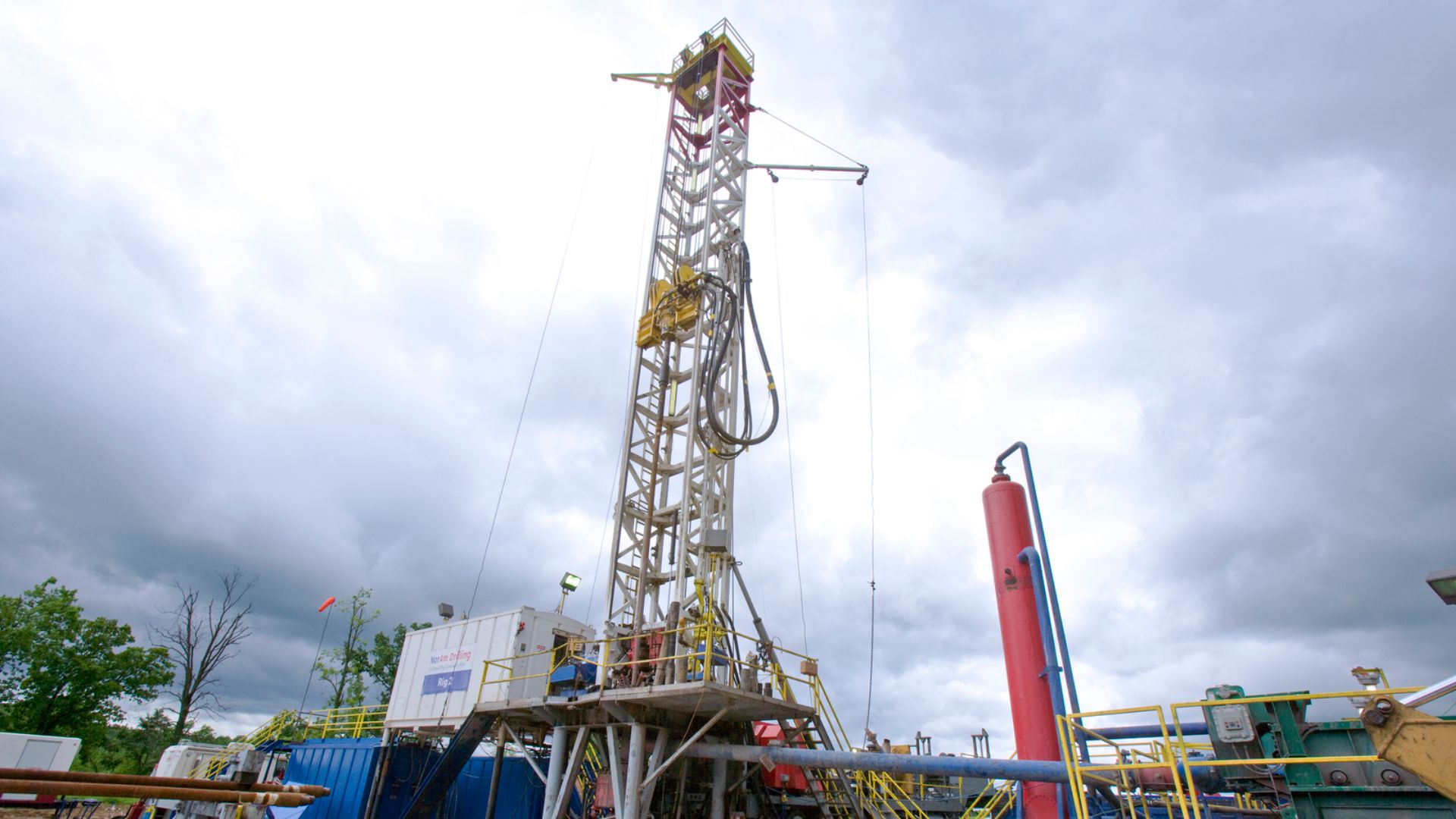
Imagine technology that can pull CO2 right from the air or before it even leaves the factory, locking it away underground.
That’s carbon capture. It’s a promising tool against climate change, yet experts are still debating just how well it works on a large scale.
The Audit Alarm Rings

The GAO’s audit into DOE’s spending reveals some unsettling truths.
With 654 projects in the mix, not all were vetted for their effectiveness in battling climate change, raising big questions about where that money really went.
Where Did the Money Go?
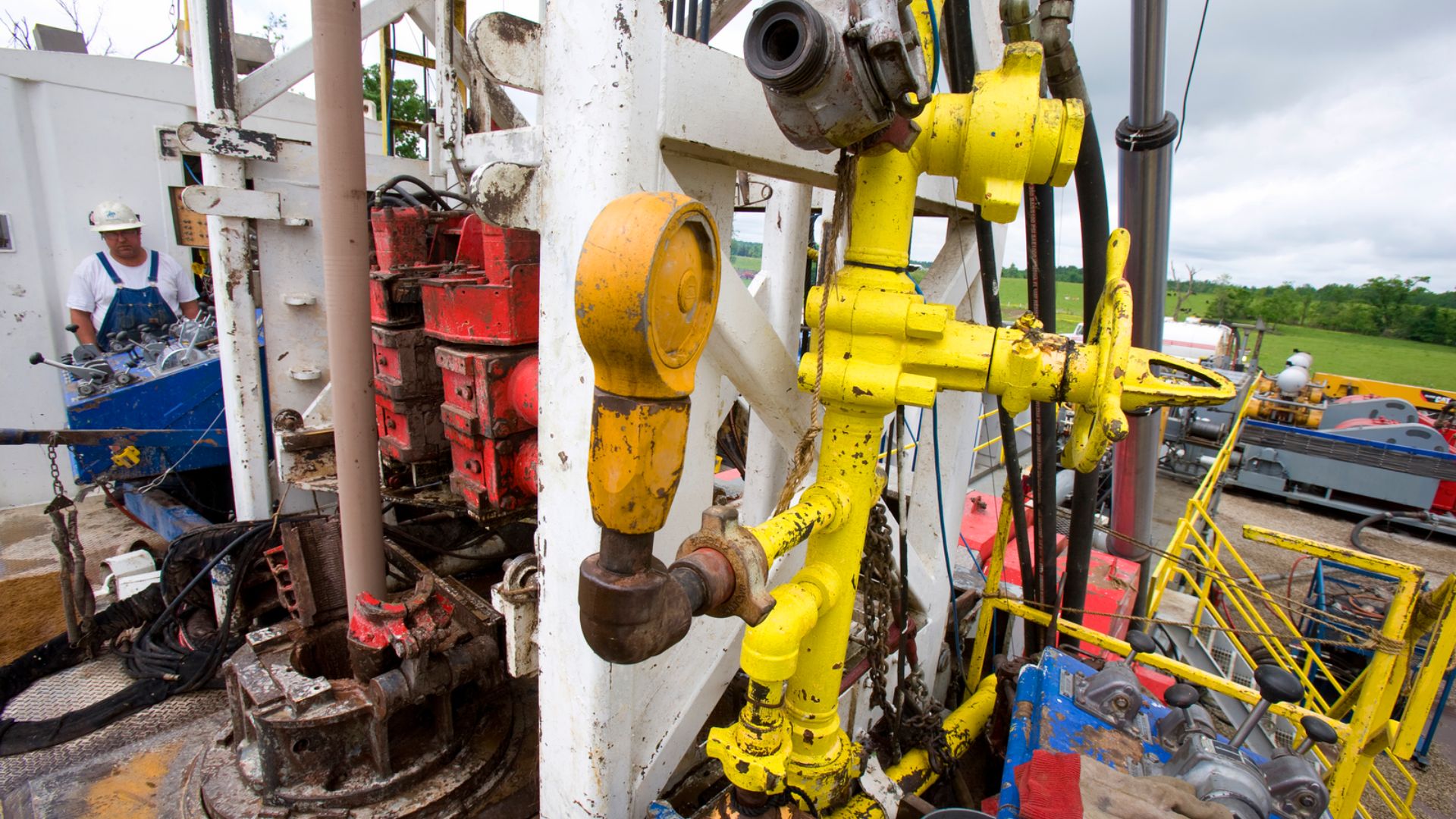
Scrutiny of 40 specific carbon capture initiatives revealed a troubling trend: projects riddled with financial risks received funding anyway.
This raises serious concerns about how decisions are made and how effectively public funds are being handled.
Optimism Overload
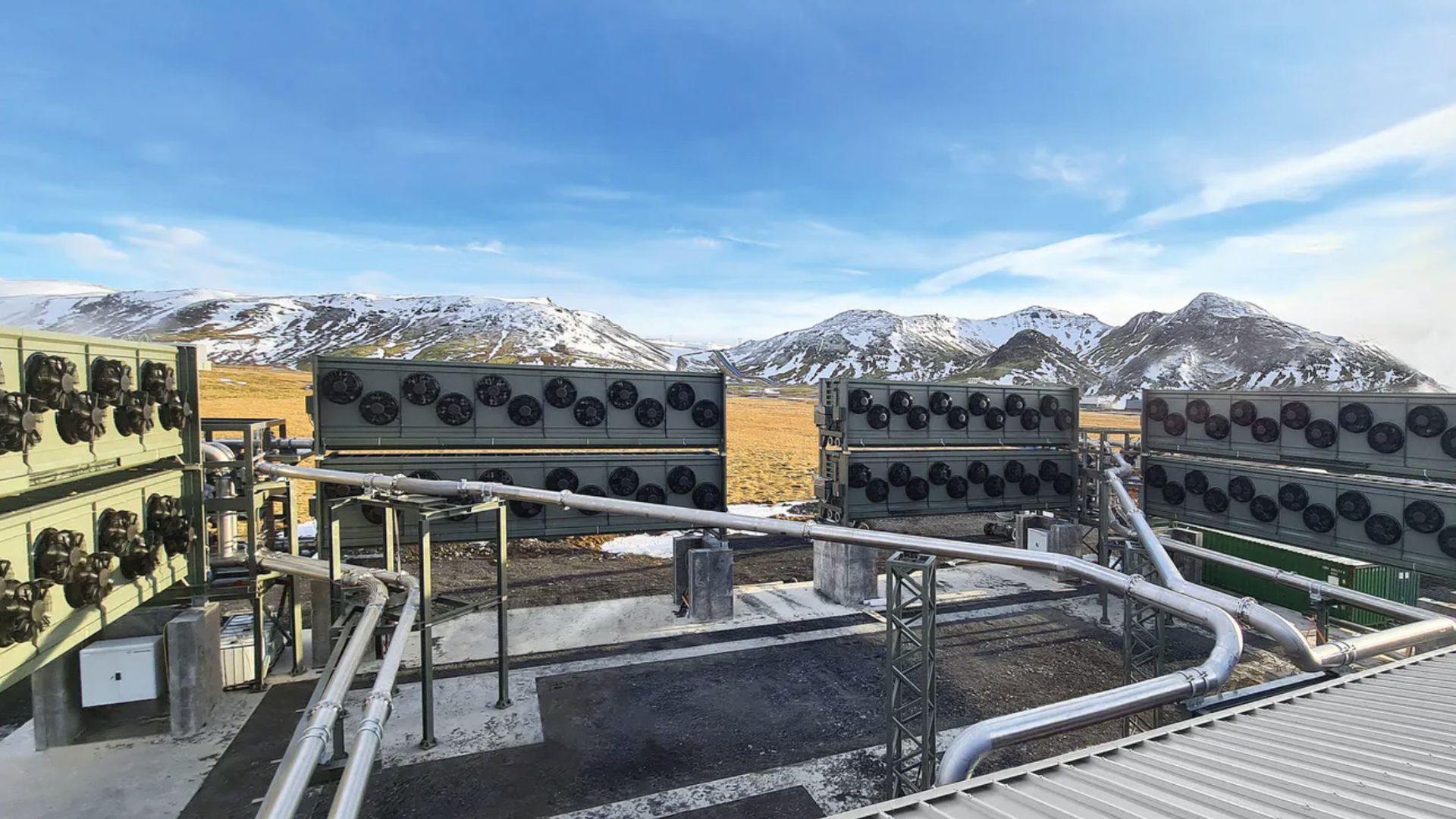
The term ‘overly optimistic’ might sound positive, but not when it’s linked to fiscal oversight.
The GAO report specifically calls out this sunny disposition as a potential pitfall for the success of these costly endeavors.
A Costly Mistake
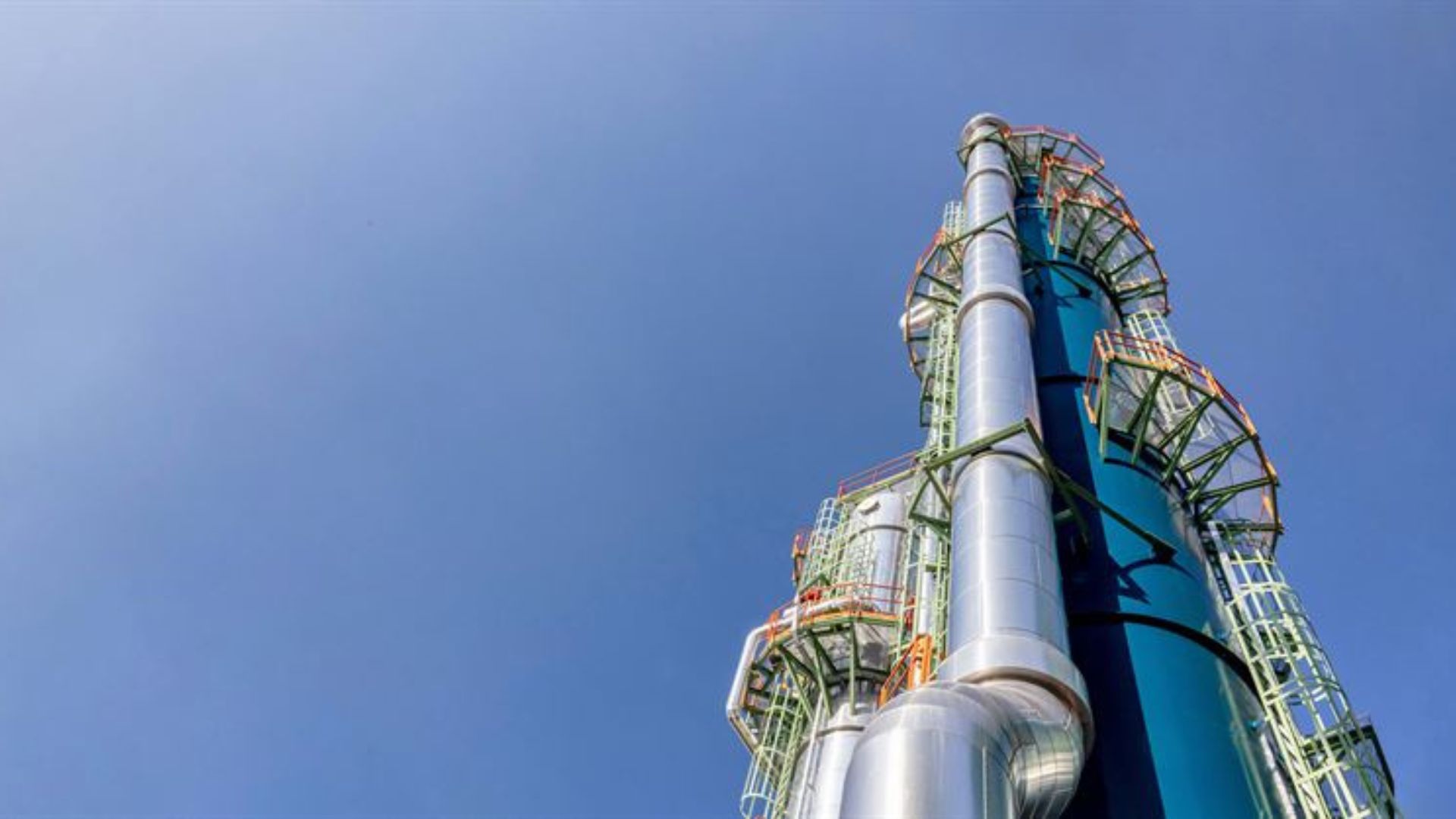
In one glaring instance, the DOE invested $14.6 million in a carbon capture project that didn’t stand up to scrutiny.
This is a clear misstep that reflects broader spending issues identified by the GAO.
Delayed and Over Budget

That same project not only failed to meet expectations but also spiraled into delays and budget overruns, costing an extra $5.1 million.
These setbacks highlight a need for tighter controls and more rigorous project oversight.
Risky Business

The DOE didn’t just play fast and loose with a few dollars.
It gambled with millions, engaging in practices that, according to the GAO, could “undermine the likelihood of project success.”
Calls for Change

Following these troubling findings, the GAO recommends that the DOE refine its project selection methods and conduct deeper risk analyses before committing funds.
These steps are crucial to improve the impact and accountability of investments in climate technology.
Leadership’s Response
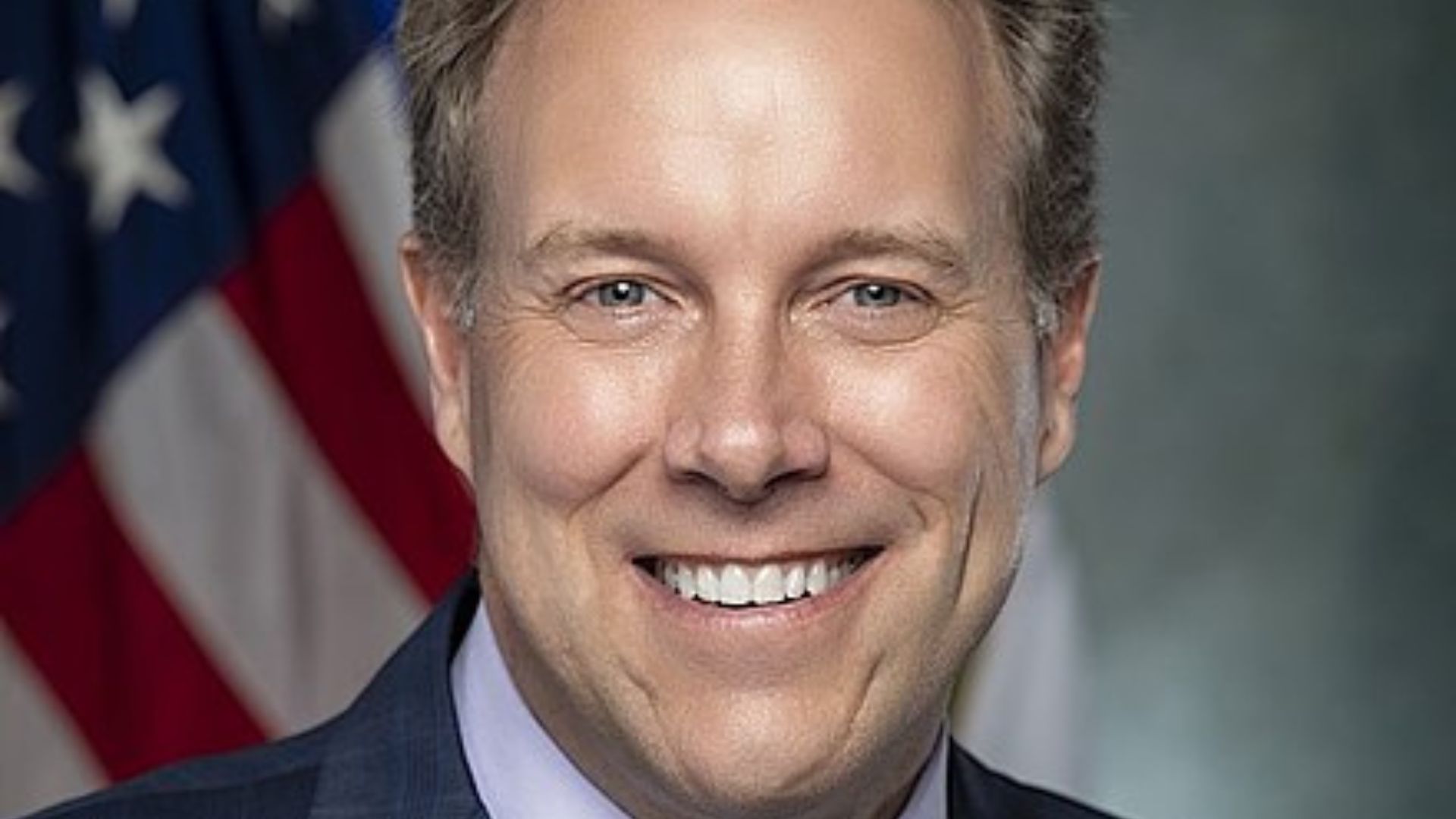
In the face of these criticisms, Brad Crabtree, the US Assistant Secretary for Fossil Energy, isn’t turning a blind eye.
His response? A promise to heed the GAO’s warnings.
Historical Hangups
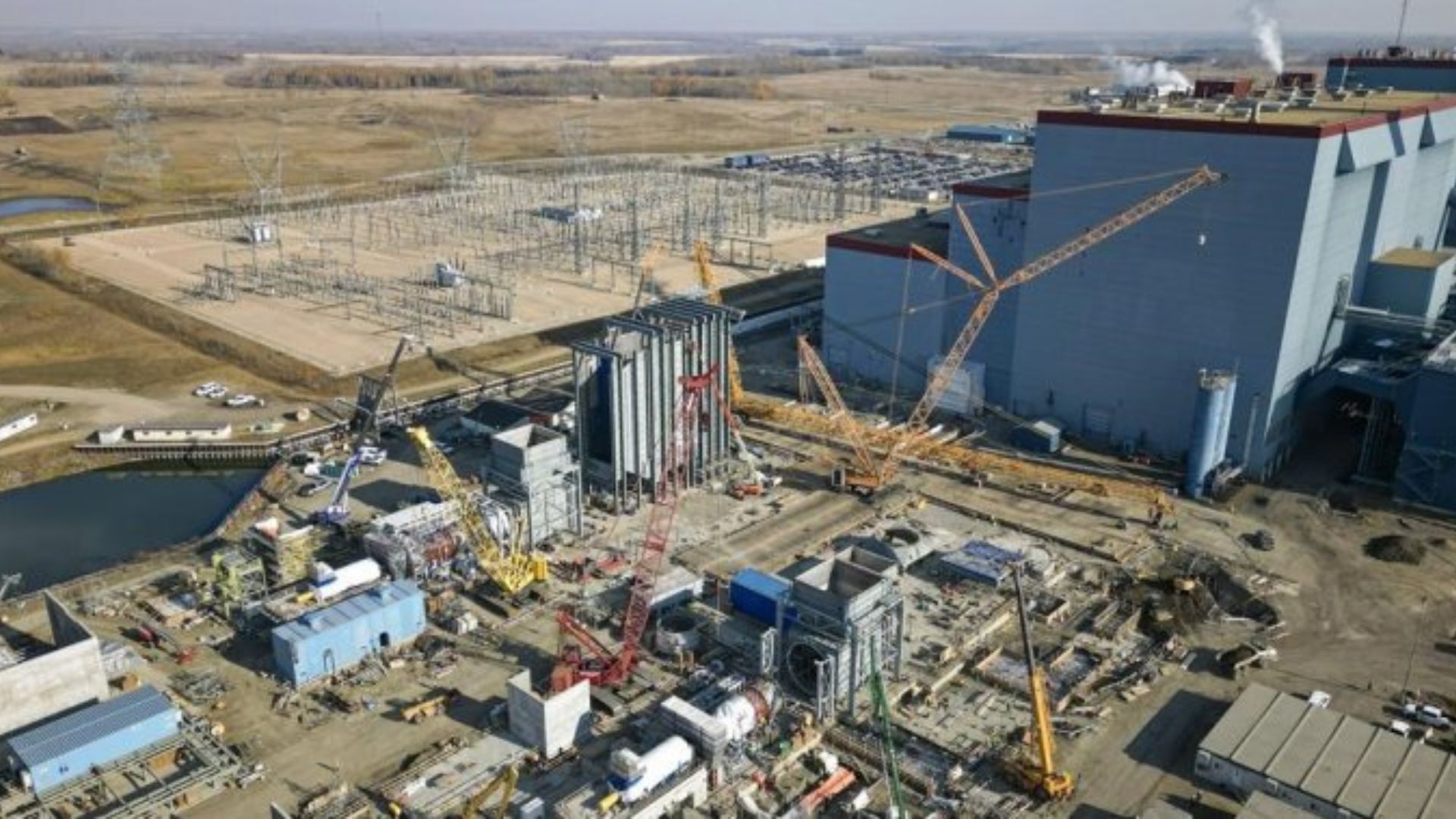
This isn’t the DOE’s first rodeo with carbon capture critiques.
Flashback to 2021: auditors found nearly half a billion dollars spent on projects that never saw the light of day. It’s a troubling trend that’s hard to ignore.
The Future of Carbon Capture
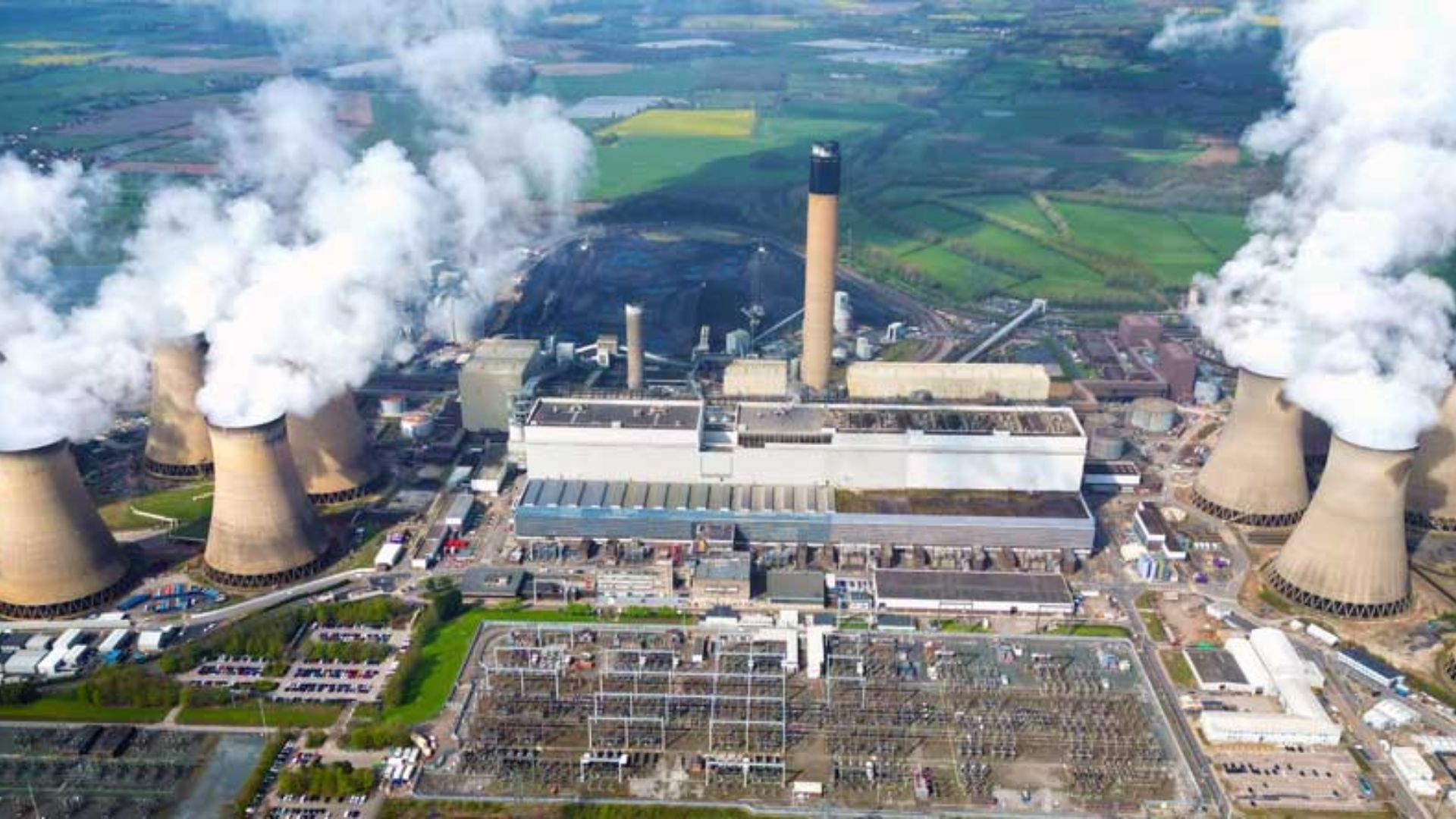
Despite previous challenges, carbon capture technology remains a key interest in the fight against climate change.
As the DOE works to align its strategies with the lessons from recent audits, the role of carbon capture in mitigating global warming continues to evolve, signaling hope for future advancements.
